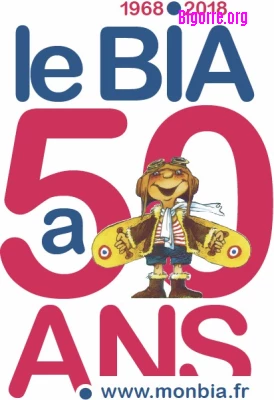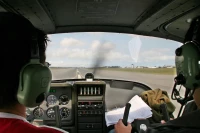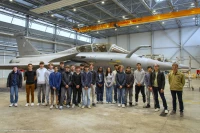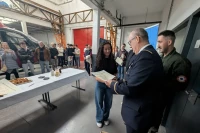The 2018 BIA is in line with the tests defined four years ago with the new format of the Aeronautical Initiation Certificate. The emphasis given to space and free flight in the "Study of Aircraft and Spacecraft" and "History and Culture of Aeronautics and Space" tests is confirmed with a 2018 session that devotes several questions to them. More generally, the importance given to the diversity of flying machines, from paragliders to spacecraft, including gliders, hot air balloons, and, of course, airplanes.
The Meteorology and Aerodynamics, Aerodynamics, Aerostatics and Principles of Flight, and Study of Aircraft and Spacecraft tests of this 2018 BIA held no particular surprises, remaining in the spirit of previous sessions. The Navigation, Regulations, and Flight Safety test, for its part, is evolving towards a contextualization that allows for a more applied meaning to the skills in this area. Although we would have liked to have had a ruler handy to measure the distance between Péronne and Amiens, this is a very positive development that could be extended to other tests, such as Meteorology and Aerology, where questions could deal with a specific weather situation, or the Aerodynamics, Aerostatics, and Principles of Flight test, which could draw several questions from the description of an airplane or other aircraft. A BIA (Bureau d'Aviation et l'Aviation) allows candidates who have revised well to review what they have been working on. The Aeronautical English test, now the only optional test, was, however, more difficult than in previous sessions. If the marking process continues as in previous years, we can expect the official results to be published by the CIRAS (Regional Institute for Aeronautical Studies) of each academy in two to four weeks.




